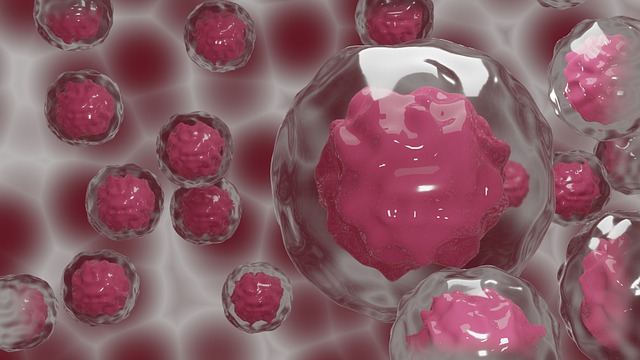For a few decades now, the field of developmental biology has utilized computational technologies to explore the mechanisms of the developmental process. It was first in the 1950’s Alan Turing wrote a computer program that was able to model how morphogen concentrations can affect the growth of an in vitro embryo. Since then several techniques have been developed that can generate comprehensive data of a molecular type also known as OMICs.
Though the use of computational methods was largely limited to the theoretical mechanisms, the birth of large genome sequencing, paved the way to process large molecular data. Computational models complement the statistical data by providing mechanistic insights into the biological processes and by the ability to predict future outcomes in terms of biological processes that can guide experimental research.
Difference between Mechanistic models and Machine Learning Models:
For several years, Machine Learning (ML) approaches have been used for pattern recognition, prediction, and classification of biological systems, especially system cell research. Some of the important examples include the construction of 3D stem cell images from fluorescent microscopic results. Ml can also predict the experimental conditions and determine future outcomes.
Although ML has a decent accurate predictive power, they require large amounts of data especially imaging and omics datasets for interpreting statistical relationships between the input and predicted output data. ML usually specializes in predicting the outcome but not revealing the underlying complex processes, preventing them from providing any mechanistic insights on the biological processes. ML can be classified as supervised and unsupervised learning. The supervised learning can predict outcomes of foreseen data by studying the labeled training data, whereas unsupervised tries to make sense of any unlabelled data by extracting in-depth features and patterns of its own.
By contrast, mechanistic models generally rely on the mechanistic hypothesis implied from the experimental data to predict novel outcomes and describe the behaviors of the whole system. These models are often assembled based on the simplified mathematical and conceptual formulations of the observed experiment. Moreover, a single based cell experiment of this model has been developed to elucidate cell fate dysregulation linked with congenital diseases.
Applications of Computational Methods in Regenerative Medicine
It is well known that cell transplantation especially using induced pluripotent stem cells (iPSCs) is one of the main strategies in regenerative medicine to reinstate damaged or ill-functioning cells. Though various clinical applications using iPSCs are underway there are still few challenges that need to be overcome before it reaches its full potential. One of the main ways to overcome this problem is by figuring out the in-vitro manufacturing of the donor cells to gain appropriate knowledge of the cell expression- the identity of host tissue cells.
Current techniques have a low conversion efficiency, forcing the researchers to spend a large number of their resources in order to get an accurate result. Moreover, cell conversion often results in creating unnecessary immature cells or non-variants of the cells, ultimately failing to reciprocate the desired functionalities and phenotypes. On the other hand, computational methods can help in achieving the desired results. The latest advancements in scRNA sequencing technologies can help the researchers to accurately characterize functionally gene expression and cell subtypes.
By combining the computational methods with existing novel experimental techniques, it is possible for researchers to now open up to new avenues in designing protocols and treatments for congenital disorders and for enhancing regeneration of cells.
Stem cell rejuvenation is another strategy promising to prevent the damaged stem cell function and to help optimize tissue repair processes in age-related or degenerative disorders. The main reason behind impaired stem cell function is the disruption of pathways of the endogenous stem cells due to certain mutations or aged niche. The computational models can help in determining this particular impaired niches and signaling pathways and further help in proving insights with the mechanisms of the cell dysregulation in aging. Researches can use these predicted signaling molecules to counteract a niche effect for rejuvenating stem cells.
Future Perspectives:
As discussed a number of challenges in the research can be resolved with the development of multiscale computational methods. With the increasing work in single-cell expansion and scRNA data, it is now possible to develop complex computational methods, including cell-cell communication and intracellular network-based models.
Although ML has been employed successfully in pattern recognition and classification, they are not capable of providing information on biological processes. The implementation of mechanistic models with ML can help in a better understanding of mechanisms and predictions based on simple assumptions. In the future, stem cell researchers could coordinate with computational models, before performing an experiment to address certain biological questions and assess the required data for the model.

